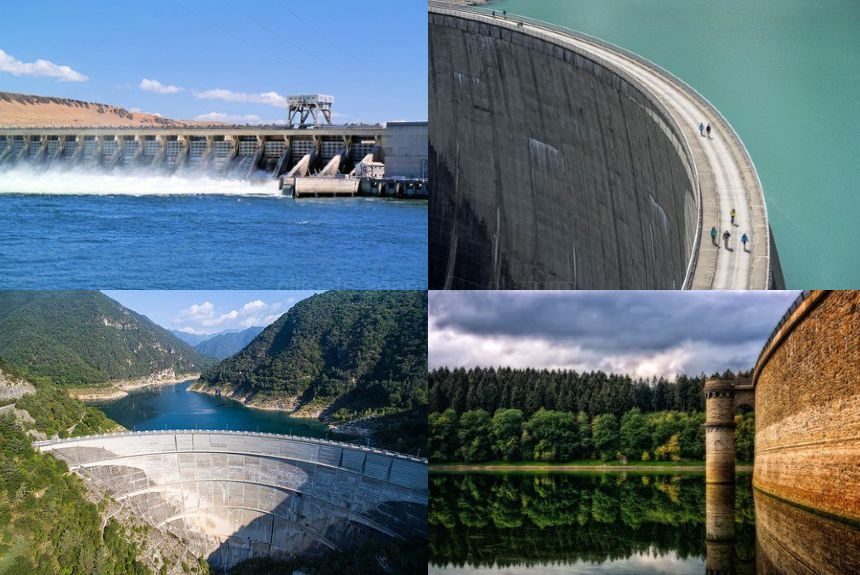A study on sea-level rise says that the boom in dam constructions in the 1970s has significantly restricted sea-level rise.
The study wanted to measure the increases in sea-level rise from glacial melts, thermal expansion, and terrestrial water storage, which is water stored on or below the land surface. It says that ice-mass loss from glaciers and the Greenland Ice Sheet caused twice as much sea-level rise than thermal expansion since 1900, especially during the 1940s. Still, because of the massive construction of dams in the 1970s, the sea level increase was lower than average.
Without the construction of dams, sea-level at the time would have been 12 per cent higher.
Researchers find it challenging to determine the factors that account for sea-level rise in the last 100 years. The study says a gap exists between measuring the increase in sea levels and the amounts of water from sea ice loss, thermal expansion, and terrestrial water storage that goes into the oceans. However, recent developments in observational data enabled researchers to develop a new and more accurate estimation.
Researchers find that vigorous dam-building between the 1950s and 1970s has hindered water from entering the sea and thus slowed the global sea-level rise.
Does this mean that building more dams today could prevent sea-level rise?
And if so, how much more dams should we build?
Between 1900 and 2018, the sea level rose by approximately 1.56mm per year. Glacial melts due to warming are the primary cause, especially in the 20th century. In the past 30 years, however, the speed of glacial melts has increased due to climate change resulting to 3.35mm rise in sea-level per year, making the dam’s influence preventing sea-level rise almost negligible, the BBC article says citing the study (Mc Grath, 2020).
And if dams should perform as it did in the 1970s, it will take five times as many dams to construct today than it was in the 70s, says Mc Grath (2020).
If dams were indeed to be used to hold back terrestrial waters, they would need to be constructed at a practical scale. Construction of dams will also require massive amounts of construction materials, which will have implications on carbon emissions, and building these massive projects can also impact the environment.
Another study also examined dams’ role in protecting against projected sea-level rise. The study contemplates the construction of a 637 km long Northern European Enclosure Dam (NEED) to protect northern European countries from sea-level rise.
The study says that the sheer scale of the solution of building a massive dam allows us to understand the threat of climate-change-induced sea-level rise.
Investigating the viability of this project, researchers find that constructing the NEED and considering all impacts and challenges of the project proved to be more favourable than any other alternative solution to climate change, which makes it a probable solution if all mitigation fails.
However, solutions like this only treat the symptoms of climate change and not the root of the problem, which is to address the reduction of human-caused emissions.
To read the complete studies, click the links below:
Source:
Frederikse, T., Landerer, F., Caron, L., Adhikari, S., Parkes, D., Humphrey, V. W., Dangendorf, S., Hogarth, P., Zanna, L., Cheng, L., & Wu, Y.-H. (2020). The causes of sea-level rise since 1900. Nature, 584(7821), 393–397. https://doi.org/10.1038/s41586-020-2591-3
McGrath, M. (2020, August 19). Climate change: Dams played key role in limiting sea level rise. BBC News. Retrieved from https://www.bbc.com/news/science-environment-53836018
Groeskamp, S., and J. Kjellsson, 2020: NEED: The Northern European Enclosure Dam for if Climate Change Mitigation Fails. Bull. Amer. Meteor. Soc., 101, E1174–E1189, https://doi.org/10.1175/BAMS-D-19-0145.1.



Leave a Reply